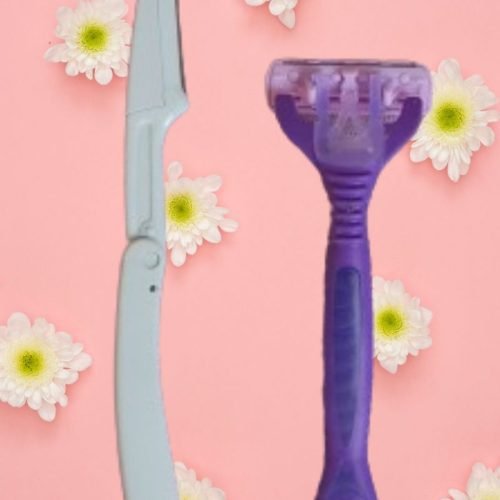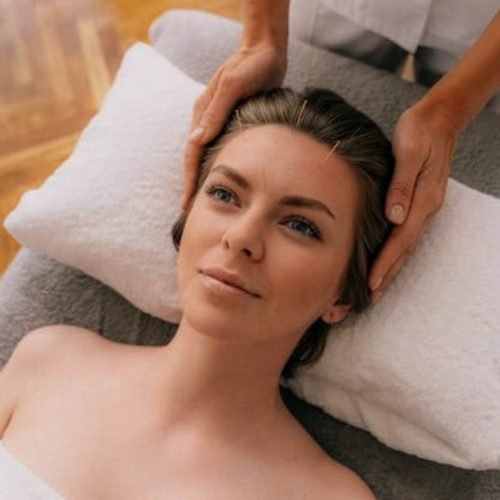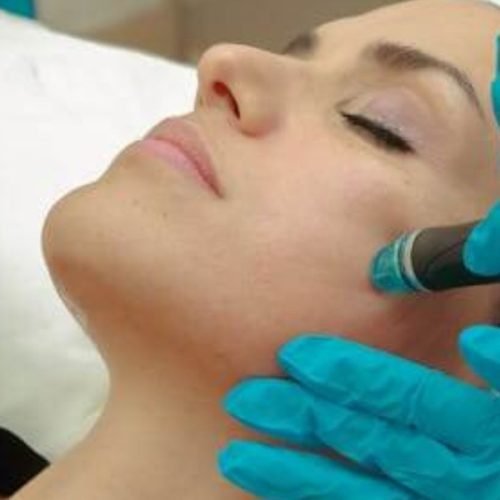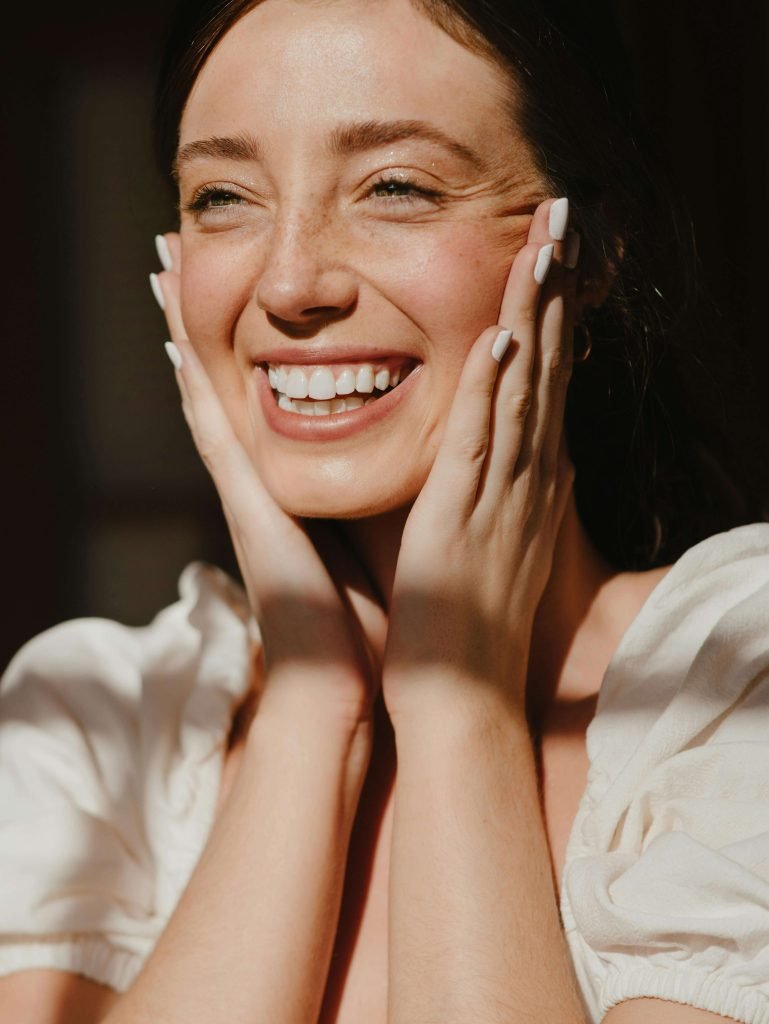
Have you ever wondered why some people transform into bronzed goddesses while others turn red as a tomato after a week in the sun? This is not down to luck, as there is a science behind why sun exposure isn’t a one-size-fits-all situation.
Knowing your skin type and how it reacts to the sun is essential to keep it safe and protected, so let’s dive into all the different tanning skin types.
How Do I Know What My Skin Type Is?
Getting a deeper understanding of your skin type and how it works benefits you in the long run; if you are unsure which category yours comes under, say hello to The Fitzpatrick Scale. This scale is a guide to how your skin responds to UV rays (sunlight) and is used as a reference to see how likely you are to tan or burn.
Developed by dermatologist Thomas Fitzpatrick in the United States, the scale classifies skin types into six categories. It remains the industry standard for many dermatologists, but if this is the first time hearing about it, then here’s the lowdown:
What Is the Fitzpatrick’s Phototype Scale?
The Fitzpatrick scale, or the Phototype Scale, is a handy tool dermatologists use to classify how different skin types react to sunlight. Dermatologist Dr. Thomas B. Fitzpatrick developed a skin phototype scale in 1975 primarily to evaluate the risk of sun damage and recommend dermatological treatments.
What Is the Fitzpatrick Skin Type Based On?
The main purpose of this research was to determine skin type and risk of skin cancer, and the two significant factors of the classification system are:
- Genetic Skin Colour: The natural pigmentation of the skin, determined by the level of melanin.
- The Skin’s Reaction to Ultraviolet Light: How your skin reacts when exposed to the sun, and whether it burns, tans, or shows little change.
The scale also factors in eye and skin colour and uses this information to predict who is at risk of sunburn based on the amount of melanin present.
What is Melanin
Melanin is a substance or pigment produced in the body that is responsible for the colour of our eyes, hair and skin. The more that’s produced, the darker our eyes, hair and skin will be.
Melanin also plays an essential role in protecting the skin by absorbing UV rays that cause damage to the DNA of skin cells, which can lead to skin cancer. Some people produce more melanin than others, and according to Healthline, “Melanin levels are generally determined by genetics, but they can be influenced by outside sources, such as sun exposure, hormones, or even age.”
What Are the Six Fitzpatrick Skin Types? (Tanning Skin Types)
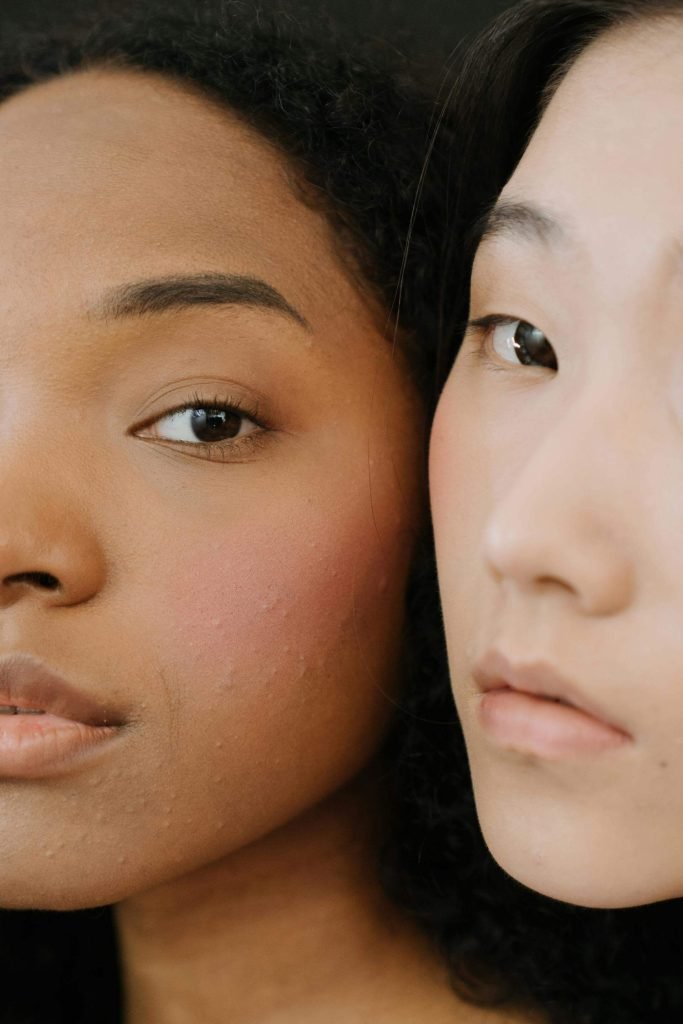
The Fitzpatrick Scale breaks skin types into six categories, starting from the lightest and moving up to the darker skin tones. It is useful to know your skin type so you can learn how to protect your skin and help prevent skin cancer. Regardless of which category yours falls under, everyone needs to wear sunscreen every day, even in winter. If you are here to learn more about tanning skin types, here is a breakdown of each one.
Type 1:
- Skin tone: Very pale skin, often with freckles that burn easily.
- Hair colour: Usually very light blonde or red hair.
- Eye colour: Blue or green eyes.
- Tanning habit: Always burns. Never tan.
- Sun approach: SPF 50 is your BFF.
Type 2:
- Skin tone: Fair skin, but not as pale as Type 1.
- Hair colour: Blonde or light brown.
- Eye colour: Blue eyes.
- Tanning habit: Burns easily and may get a very light tan.
- Sun approach: High SPF and shade are a must!
Type 3:
- Skin tone: Medium or light olive skin.
- Hair colour: Dark blonde or brown.
- Tanning habit: Could burn initially but tans gradually after.
- Sun approach: SPF is still important, but you might be less prone to burning.
Type 4:
- Skin tone: Olive or light brown skin.
- Hair colour: Brown to dark brown hair.
- Tanning habit: Rarely burns and easily tans.
- Sun approach: Even though you tan well, sunscreen is still key for protecting your skin.
Type 5:
- Skin tone: Brown Skin
- Hair colour: Dark brown or black.
- Tanning habit: Rarely burns, tans very easily and darkly.
- Sun approach: SPF is still a must for protecting your skin from damage.
Type 6:
- Skin tone: Deeply pigmented dark brown or black skin.
- Hair colour: Black.
- Tanning habit: Seldom burns and always tans darkly.
- Sun approach: Even with natural protection, SPF is vital to avoid long-term damage.
What Does Tanning Do to Your Skin?

Laying out on the beach soaking up the rays or a session on a tanning bed is the go-to for many to achieve a glowing tan. There is no denying that bronzed skin can make us look healthier in the short term, but the sun emits ultraviolet radiation (UV), which can have damaging long-term effects that include the risk of skin cancer.
Tanning Short-Term Effects
Sunburn
Prolonged UV exposure can lead to sunburn, peeling, redness, and inflammation, and continuous sunburn increases your risk of skin cancer.
Eye Damage
It is essential to protect your eyes from the sun as it can lead to problems for your peepers, including cataracts and conjunctivitis. Take protective measures and shield your eyes from harmful UV rays by wearing sunglasses and a hat.
Tanning Long-Term Effects
Premature Ageing
Tanning from the sun or tanning beds speeds up the breakdown of collagen and elastin in the skin, leading to fine lines, wrinkles and sagging (also known as photoaging). Prolonged UV exposure can also cause dark spots and uneven skin tone. Stay safe by wearing a hat to minimise the damage and spend time in the shade.
DNA Damage & Increased Skin Cancer Risk
UV radiation can damage the DNA in skin cells, which increases the risk of mutations that could lead to developing skin cancer.
Weakens The Skin’s Immune Response
UV radiation can harm the local immune response in the skin, making it more difficult for the body to detect and repair damaged cells.
As much as you may love a great tan, repeated exposure to the sun and the potential long-term issues it can cause are not worth it. Switch to self-tanners instead to achieve a healthy glow; your future skin will thank you.
What Is The Best Form Of Sun Protection?
Choose a good quality brand at a minimum of SPF 30 and opt for a broad-spectrum sunscreen that protects from UVA and UVB rays. Always check your sunscreen is still in date and apply at least 30 minutes before you go out into the sun and top up every two hours.
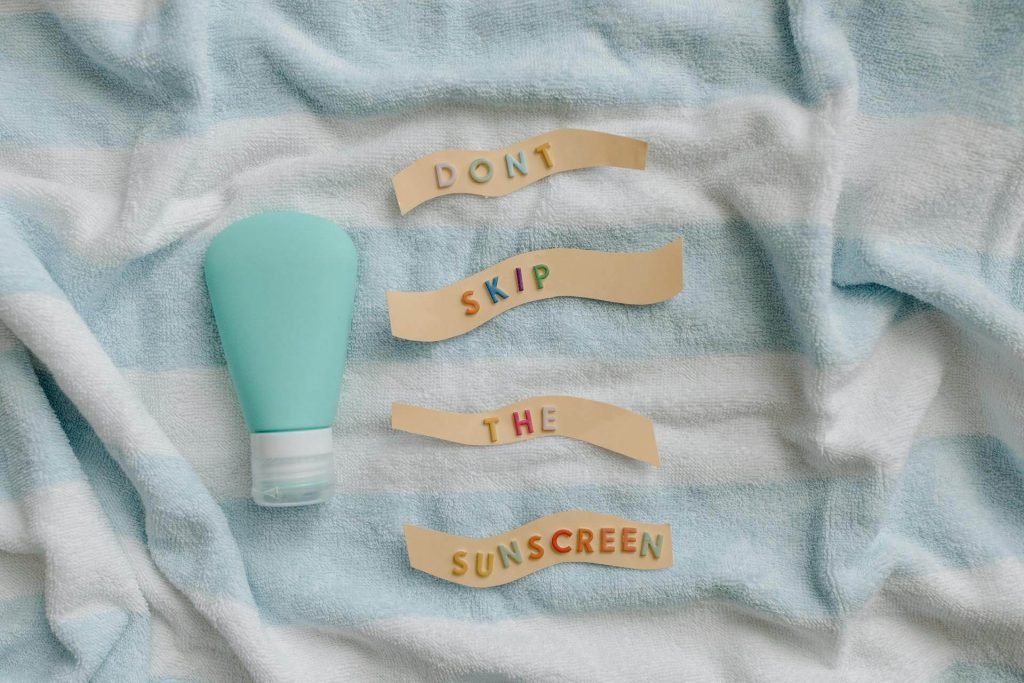
How Unhealthy Is A Sunbed?
There is a myth that indoor tanning is safer than outdoor, according to Typology, “sunbeds emit rays of an intensity three to five times greater than that of midday sun.” They also use intense UV radiation that damages the DNA in your skin cells.
Your eyes are also at risk, and wearing protective goggles and keeping them closed is not enough to stop UV light. Ultimately, there is no safe tanning option, so stay safe and skip the tanning bed.
Tanning Skin Types Key Takeaway
Natural sunlight does have its pros, including boosting vitamin D production, but we still need to be mindful of how much time our skin gets exposed to harmful UV rays. Whether you have skin that burns, tans like a pro or somewhere in between, taking protective measures is essential. Remember to wear sunscreen daily all year to keep it safe and protected; your future self will high-five you for it!
Disclaimer: All the content published on www.thestylecadet.com is solely for information purposes. It is not a substitute for professional medical advice, diagnosis, or treatment. Always consider seeking the advice of your doctor, qualified healthcare provider or dermatologist. The information, suggestions, or remedies mentioned in this article are provided without warranty of any kind, whether expressed or implied.
